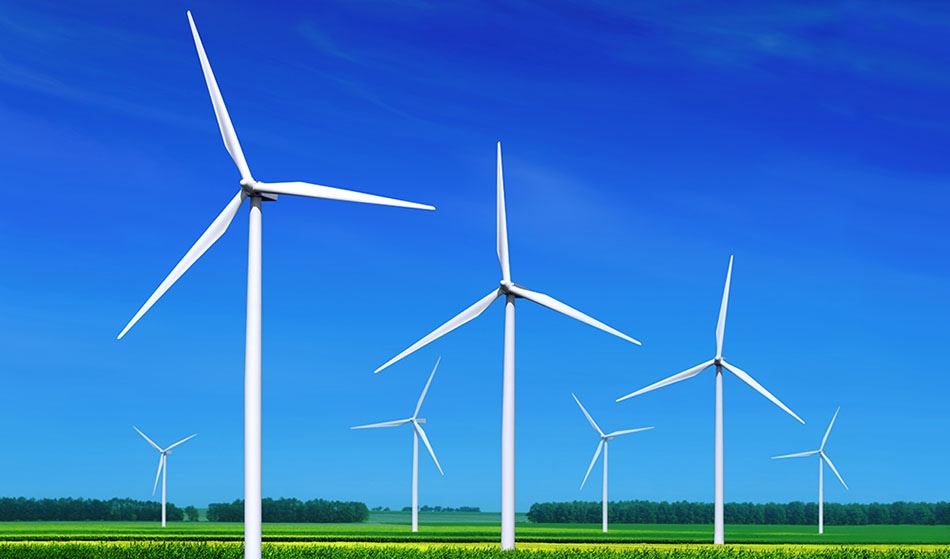[ad_1]

The share of renewable energy in the amount of electricity generated and fed into the grid in Germany reached a new record, rising from 42.3 percent in 2019 to 47.0 percent last year, the Federal Statistical Office (Destatis) announced on Friday, Trend reports citing Xinhua.
With 25.6 percent, wind power replaced coal as the “most important energy source” in Germany last year. At the same time, electricity fed into the grid from conventional energy sources fell by 13.6 percent year-on-year in Germany, according to Destatis.
“This is good news. A stronger EUA-price in 2020 was contributing to this,” Robert Diels of r2b energy consulting told Xinhua on Friday, adding that, in contrast to fossil power generation, the infeed of renewables was unaffected by the reduction of electricity consumption caused by the pandemic. EUA (European Union allowance) is the official name for Europe’s emission allowance.
Germany decided to phase out coal-fired power generation as well as nuclear energy. The last coal-fired power plant in Germany would be taken off the grid by 2038 at the latest. At the same time, the German government wants to push ahead with the expansion of renewable energies.
“Nuclear reactors that are supposed to eat nuclear waste and be harmless are fairy tales,” Minister for the Environment Svenja Schulze told the German newspaper Die Welt on Thursday. Instead, “we need to see solar panels on all rooftops.”
Last year, a total of 502.6 billion kilowatt-hours of electricity were produced and fed into the grid in Germany, a 5.9 percent decline year-on-year, according to Destatis.
The lower total electricity generation as well as the increased share of renewables and the decline in electricity feed-in from coal-fired power plants were “partly related to the lockdown in spring 2020,” Destatis noted.
Only natural gas-fired power plants in Germany, which could respond “more flexibly” to fluctuations in electricity feed-in from renewable energy sources than other conventional power plants, recorded a slight increase of 3.6 percent year-on-year in 2020, according to Destatis.
“We cannot phase out coal, nuclear and gas in one go. We still need natural gas for this decade and the next,” said Schulze.
[ad_2]
Source link